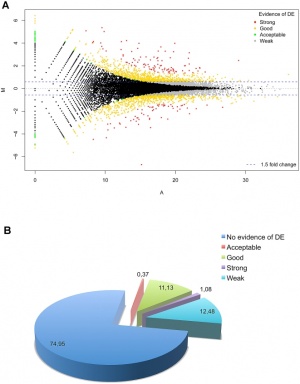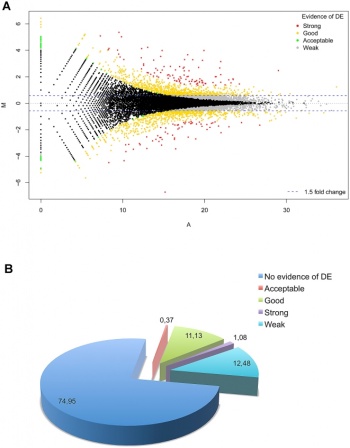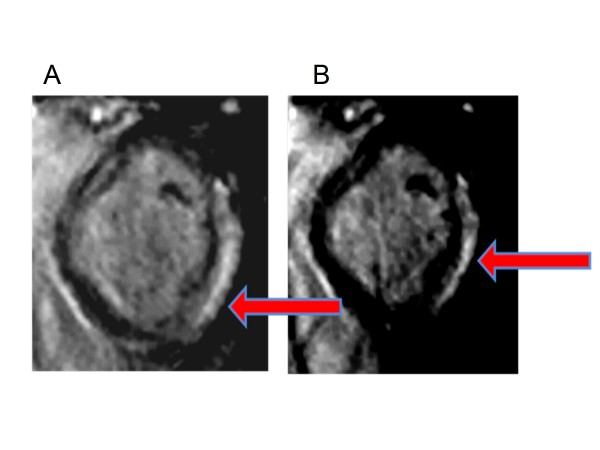User:Z3330313
Lab sign in
--z3330313 11:14, 2 August 2011 (EST)
--z3330313 12:52, 4 August 2011 (EST)
--z3330313 11:39, 11 August 2011 (EST)
--z3330313 12:45, 18 August 2011 (EST)
--z3330313 11:35, 1 September 2011 (EST)
--z3330313 11:42, 15 September 2011 (EST)
LAB1
1. Identify the origin of In Vitro Fertilization and the 2010 nobel prize winner associated with this technique.'
In Vitro Fertilisation is an ART (Assisted Reproduction technology) technique, used by infertile people. It is a process whereby the egg is fertilised by the sperm outside the body. The first successful IVF baby named Louise Brown was born in1978, the procedure was carried out by Patrick Steptoe and Robert Edwards. And in 2010 the Nobel Prize was awarded to Robert Edwards for the development of in vitro fertilisation.
2. Identify a recent paper on fertilisation and describe its key findings.'
"Not all sperm are equal: functional mitochondria characterize a subpopulation of human sperm with better fertilization potential." <http://www.ncbi.nlm.nih.gov/pubmed/21448461>
This paper proves that not all sperm carry the potential to fertilise an egg. It found that mitochondrial activity plays a major role in the functionality of the sperm. They found that the level of mitochondrial function mirrored sperm quality. In conclusion, whatever the true biological role of sperm mitochondria in fertilization, mitochondrial activity is a clear hallmark of human sperm functionality.
3. Identify 2 congenital anomalies.
-Down syndrome -Cystic fibrosis
--[--z3330313 17:31, 8 August 2011 (EST)] 17:30, 8 August 2011 (EST)] 12:52, 4 August 2011 (EST)
LAB2
Identify the ZP protein that spermatozoa binds and how is this changed (altered) after fertilization.
The oocyte is surrounded by a glycoprotein membrane called the zone pellucida. It is the barrier that the spermatozoa has to push through to reach the oocyte for fertilisation. The zone pellucida protein 3 is the sperm receptor that the spermatozoa binds to as an pathway to enter the cell. After fertilisation, a cortical reaction occurs where it modifies the ZP3 protein to an inactive form. Thus preventing more than one sperm from fertilising the egg.
--z3330313 15:57, 10 August 2011 (EST)
--z3330313 11:39, 11 August 2011 (EST)
Lab3 Picture
Lab 3 Online Assessment
1. What is the maternal dietary requirement for late neural development?
Folic acid or otherwise known as B vitamin (B9) is helps the neural tube to develop. Without folate the neural tube may not close properly. Thus the baby can develop spina bifida. Vitamin's B6 and B12, the minerals Iron and Magnesium, and all the other major and trace minerals and other nutrients which are involved in normal cell division and replication. Including the amino acids, which are the structural building blocks for new tissue.
2. Upload a picture relating to you group project.
--z3330313 09:37, 18 August 2011 (EST)
--z3330313 12:45, 18 August 2011 (EST) (lab sign in)
LAB4
1. The allantois, identified in the placental cord, is continuous with what anatomical structure?
Bladder
2. Identify the 3 vascular shunts, and their location, in the embryonic circulation.
-Foramen ovale located between atrias and allows direct blood flow between the atria of the embryo without blockage -Ductus arteriosus located between the pulmonary artery and the ascending aorta. -Ductus venosus located between the inferior vena cava and the umbilical vein
3. Identify the Group project sub-section that you will be researching.
-Introduction -History -Epidemiology
LAB5
1.Which side (L/R) is most common for diaphragmatic hernia and why?
The left side is the most common location for diaphragmatic hernias because it fuses after the right hand side. The failure of the pleuroperitoneal foramen to fuse is the hernia.
--z3330313 02:34, 1 September 2011 (EST)
LAB6
1. What week of development do the palatal shelves fuse? 2. What early animal model helped elucidate the neural crest origin and migration of neural crest cells? 3. What abnormality results from neural crest not migrating into the cardiac outflow tract?
LAB7
1. Are satellite cells (a) necessary for muscle hypertrophy and (b) generally involved in hypertrophy? 2. Why does chronic low frequency stimulation cause a fast to slow fibre type shift?


